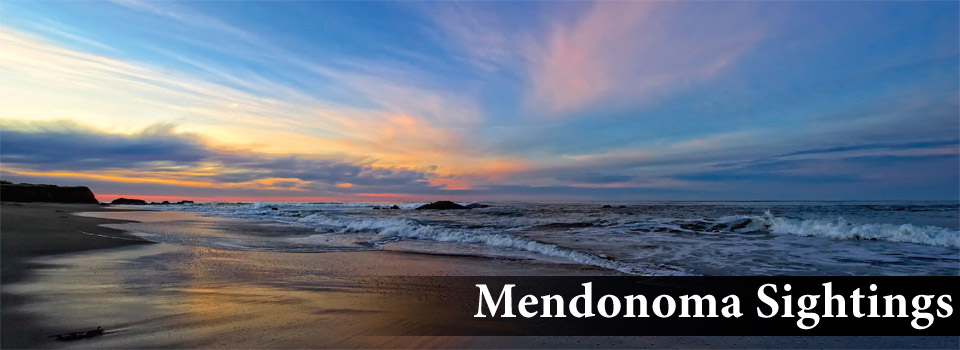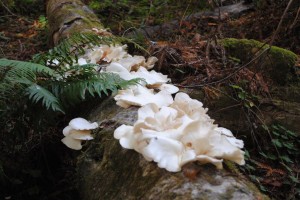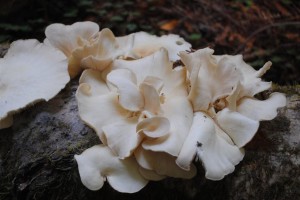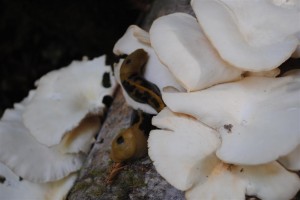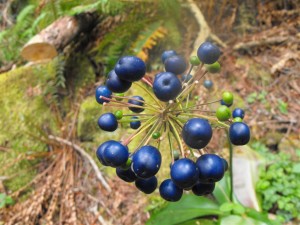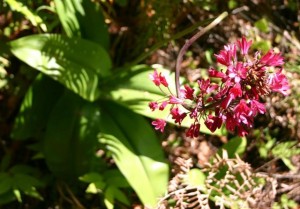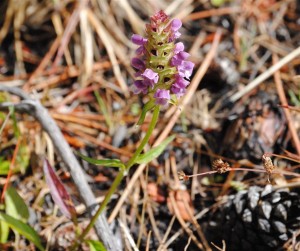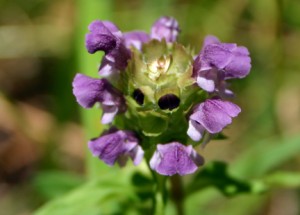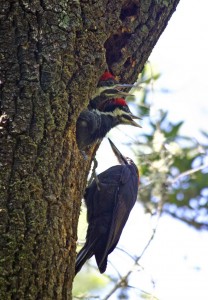Rick and I, along with our friends Nan Brichetto and Frank Drouillard, went on a hike this morning with our two Golden Retrievers. We were shocked and amazed to come across this large group of Oyster Mushrooms, Pleurotus ostreatus. They normally are found later in the fall and winter but I guess our weather has been so cool that they decided to make an early appearance. They are, of course, edible and delicious!
They were fruiting on a downed Tanoak, a hardwood that grows on the Mendonoma Coast. In this next picture they look like gardenias!
And we aren't the only creatures that covet these fungi. Check out the Banana Slugs feasting on these mushrooms on the picture below.
A gift in the forest - thank you Mother Nature!
To see another early fruiting mushroom, a Dyer's Polypore, click on this link:
http://www.mendonomasightings.com/2011/08/26/dyers-polypore-a-wild-mushroom-continues-to-evolve-continues-to-fascinate/
My best to you today, Jeanne Jackson
